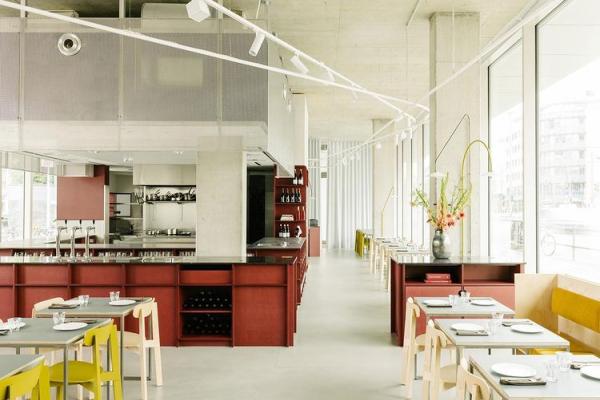Modern european cuisine
Karl-Heinz Adler
Thu, 13 Oct 2016 17:00-21:00
Karl-Heinz Adler
Solo exhibition
The first pictures with which Karl-Heinz Adler rediscovered himself as a concrete constructivist artist in the late 1950s were collages. The artist organized basic geometric forms such as triangles, sectors of circles, rectangular bars or squares out of paper in subdued shades of gray, blue, or ochre to form regular arrangements on simple cardboard. These early "Schichtungen" (layerings) – as the artist (*1927 in Remtengrün, Vogtland) calls them—are reminiscent of elaborate geometric choreographies. Triangles shift into one another in strict formations or fan out into rigorous symmetrical arrangements. Form and a reduced color palette (Adler restricts himself to two basic colors per picture) merge to become a clear aesthetic unit. This art is based on practical experience. Adler, who at the time, was still teaching students of architecture at the Technische Hochschule Dresden and experimented with serial systems, realized that "it is possible to create highly diverse spaces that radiate an imaginary effect by layering simple geometric elements while observing specific principles."[1] This discovery captivated the artist from then on. "I wanted to point out the wide range of different possibilities there are in the original form on which these spaces are based. I was interested in the partially completed results of a movement between its starting point and its endpoint, as well as in the partially open movement that can be continued by means of further layering."[2] A basic constellation is played through in a series of variants. The production principle of layering in geometric precision also remained a recurring motif in later series of works with different materials and techniques. In the delicate watercolors and glass objects that Adler produced in the 1970s, for example, the areas fan out to produce discrete, poetic nuances of color saturation.

